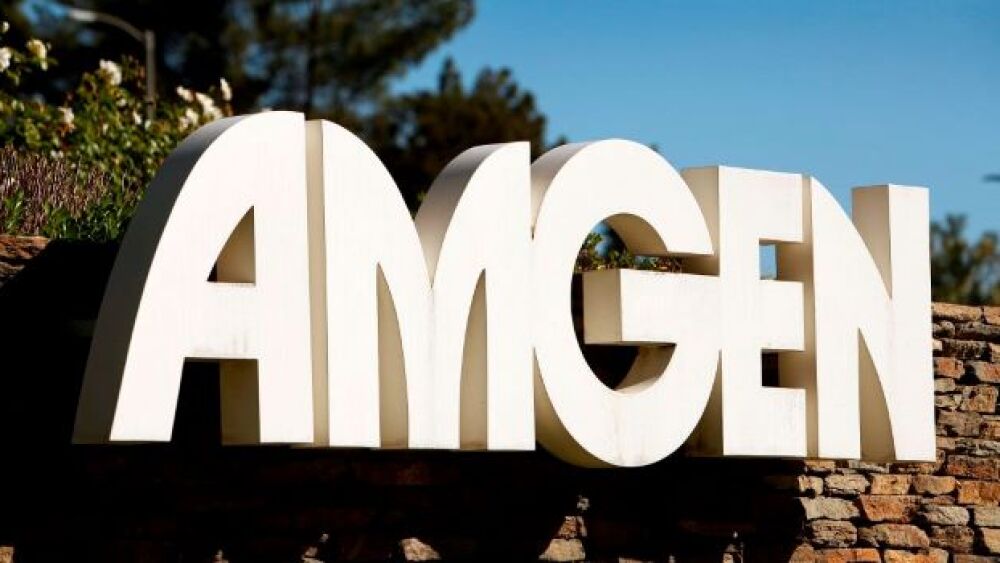Non-Invasive Lithotripsy Leads To More Treatment For Kidney Stones
DURHAM, N.C. – When it comes to treating kidney stones, less invasive may not always be better, according to new research from Duke Medicine.
In a direct comparison of shock wave lithotripsy vs. ureteroscopy – the two predominant methods of removing kidney stones – researchers found that ureteroscopy resulted in fewer repeat treatments.
The findings were published May 16, 2014, in the journal JAMA Surgery, coinciding with presentation at the annual meeting of the American Urological Association.
“Nearly one out of 11 people in the United States has kidney stones, leading to more than $10 billion a year in treatment costs,” said lead author Charles D. Scales Jr., M.D., assistant professor of surgery at Duke. “As we explore ways to improve value in the health care system, we need to look at the kinds of things that drive costs up; reducing the number of repeat procedures is one place to start.”
Scales and colleagues analyzed data for nearly 48,000 insured patients in the United States who sought emergency room or urgent care treatment for kidney stones from 2002-10.
Roughly half the patients received shock wave lithotripsy, a non-invasive approach that focuses pressure waves on the stones to break them into tiny pieces that can then pass painlessly. The other half of patients underwent ureteroscopy, a minimally invasive procedure that uses a laser to break up the stone, and a thin scope that travels through the urethra to snare the stone in a small basket for removal.
Within 120 days of the initial procedure, approximately one in five of the patients needed a second treatment. The researchers focused their comparison on patients who were equally qualified for either procedure. Among that group, 11 percent of patients undergoing shock wave lithotripsy needed a second procedure, while less than 1 percent of ureteroscopy patients needed an additional treatment.
“Our findings add new insight, since most of published research around the effectiveness of the procedures was conducted years ago, when the technology was new,” Scales said. In the past 20 years, he said, many experts believe shock wave lithotripsy has become less effective as the devices underwent design changes to improve safety. At the same time, ureteroscopy improved with better endoscopes and laser technology.”
The researchers noted that the findings have important policy implications around Medicare reimbursements. For treating kidney stones, Medicare currently pays about $700 for a patient to receive lithotripsy, but only about $400 for a patient to receive the endoscopic ureteroscopy treatment, which the study found to be more effective.
The researchers suggested that differences in effectiveness, invasiveness and costs highlight important tradeoffs between the two procedures. In all cases, Scales said, the decision to undergo shock wave lithotripsy or ureteroscopy should be carefully considered by both the doctor and the patient.
“Many patients believe that because nothing is inserted into the body, shock wave lithotripsy is better, but that may not always be the case,” Scales said. “There can be important tradeoffs for having the non-invasive procedure. One question to ask is about the likelihood of a second procedure, and the impact that might have on the cost of care and the time off work.”
In addition to Scales, study authors include Julie C. Lai; Andrew W. Dick; Jan M. Hanley; Jeroen van Meijgaard; Claude M. Setodji; and Christopher S. Saigal.
The Robert Wood Johnson Foundation Clinical Scholars Program funded the study, along with the U.S. Department of Veterans Affairs, and the National Institute of Diabetes and Digestive and Kidney Diseases (HHSN276201200016C).
Hey, check out all the engineering jobs. Post your resume today!




